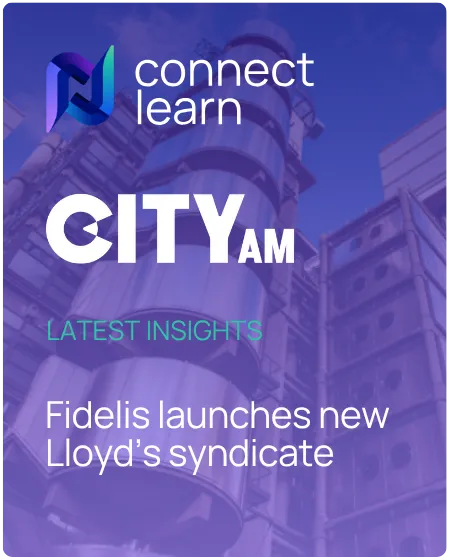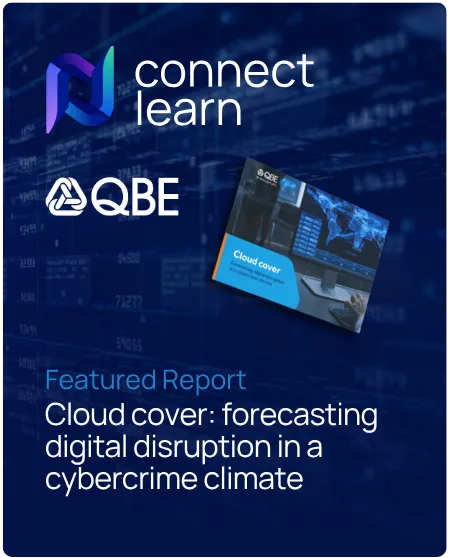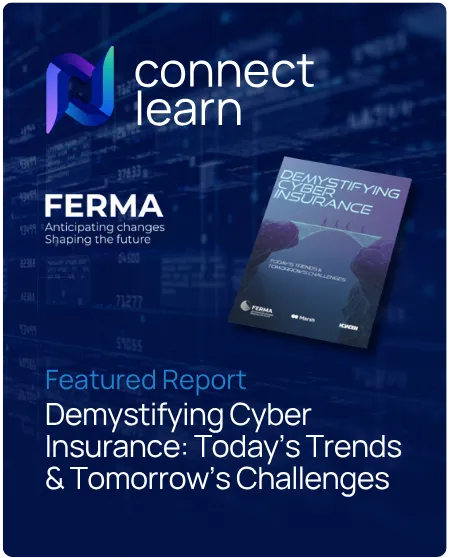Robin Merttens revisits his 2024 prediction that the insurance industry wasn’t ready for Agentic AI and admits he got it only half right. He explores how underwriters, innovators and perfect timing have turned scepticism into momentum, revealing why agentic AI is transforming insurance faster than anyone expected.
“There will be more and more discussion around agentic AI and I’m not sure the industry is ready for it.”
I give myself six out of ten. The buzz around agentic AI was right, and not as obvious in December 24 as it may now seem in retrospect. The observation about the industry not being ready was plain wrong. This article looks at why the industry confounded me.
Underwriters and the unexpected enthusiasm for AI agents
I did not foresee the level of enthusiasm there is for AI agents from business users, and particularly underwriters. After years of rearguard defence against the encroachment of technology into the art of underwriting, things are changing.
The enthusiasm is not universal, but pockets of smart and pragmatic underwriters have seized on specialised point solutions that summarise, prioritise, augment, and guide to help them work more efficiently and assess risk better.
LLMs are a genuine gamechanger. In the hands of a smart new breed of entrepreneurs who bring a clear understanding of the inefficiencies and shortcomings in the insurance life cycle, and the technical knowledge required to harness the power of AI agents, they are being used to develop and deliver new solutions that hone in on specific pain points and solve them.
These point solutions can be procured, refined, tested, deployed, and even integrated in weeks, not years. Six to twelve weeks seems pretty typical. They work alongside existing technology and are easy to use. The upshot is that it is easy to make the business case: if the business user wants it, usage makes them better at their job, and it does not cost much to implement or use, then take the win.
Lastly, and most influentially, the timing is good. The insurance industry really needs it, particularly in the specialty market. After a prolonged hard market, prices are heading south, capital needs to be deployed more efficiently, speed of service has to improve, and expensive talent optimised. AI agents can help with all of that.
A moment for the industry to learn and lead
To help the industry understand what is going on and why it matters, InsTech is running a half-day event on 25 November called The Rise of the Agents: How Agentic AI is Changing Insurance.
I think it is the first, or one of the first, conferences to examine how the rise of AI agents is changing insurance and what the industry needs to do in response. The issues which I believe the audience is most curious about, and which the programme will explore, are these:
1. Prioritisation
Where to focus investment. What are AI agents good at? What are they not good at? Where can they be trusted, and where must humans remain in the loop? We are deep into the hype cycle, so there are plenty of false claims about current capability. Caveat emptor.
2. Quick wins versus robust frameworks
How to balance the benefits of unprecedented levels of business-user enthusiasm with the risks of a proliferation of point solutions across the enterprise that are not subject to an overarching technology and data framework. Governance, accountability, and auditability matter.
3. Vendor selection
These are early days, and it is difficult for early adopters to know who to work with. There will be winners and losers, especially given market predictions of hype, over-exuberance, and inflated valuations in the tech sector. No one in the insurance industry has yet adopted AI agents at scale, so there are no blueprints to learn from. And there are many vendors with relevant capabilities — the point solution specialists mentioned earlier, those with generic agentic capability, and those providing the workflow, orchestration, and governance frameworks needed for enterprise-wide adoption.
4. Compatibility
How does it change the relationship the industry has with existing technology vendors, especially admin and workflow platform providers? Software vendors are deploying their own AI-assisted coding agents to build, configure, and test technology. That is collapsing development timelines and therefore presumably costs. That should feed through to customers, and when it does, it should create its own demand. Features that were previously “nice to have” but too expensive will become affordable.
5. Outsource or insource
Many of the tasks currently outsourced to third parties are exactly the kind that AI agents are best at — high volume, low value, repetitive work. Is this an opportunity to bring these tasks back in-house, or will outsourcers, with their economies of scale and investment power, leverage the same technology to deliver better, quicker, cheaper AI-enabled services?
6. Talent and resourcing
How does it change the nature of the current workforce and the skill sets needed in future? There are already pockets of enthusiasm in the workforce. We know from experience that it is difficult to force business users, especially experienced ones, to adopt technology when they do not want to. But over time, a digitally savvy, AI-enabled underwriter or claims handler will surely outperform the old-school combination of instinct and experience.
7. The business model
How might the age of AI agents change business and distribution models? This is a great time to set up a digitally enabled MGA. Starting from scratch brings the benefits of new technology, speed of deployment, lower costs, and better use of data. There is no shortage of capacity backing good underwriters who want to go down that route. Will AI lead to more delegation of underwriting?
8. Underwriting as a service
On the other hand, who needs an MGA if the carrier takes the same technology investment route? Much of the business delegated to MGAs is done so because carriers cannot make the economics work or scale with their current setup. With agents and algorithms, perhaps they can. We will likely see the emergence of “underwriting as a service,” where carriers with existing distribution and pricing capabilities leverage technology in new ways that differ from the current delegation model.
9. Timing the bet
If this is the game-changing technology that many, myself included, believe it is, then it has the capability to provide a massive competitive advantage to early adopters who get it right and at scale. The question is when to press the button and invest heavily. The scar tissue from previous false dawns still influences many CIOs and CTOs.
10. Industry intelligence
What are peers doing? Who are they working with? How advanced are they? What has worked? In an industry with a herding instinct, everyone will be looking for signals that others have gained a competitive advantage — and the inevitable FOMO that follows.
What this means for the InsurTech community
Early signs suggest it is a boon for those involved in technology innovation. After a few fallow years, a new sense of optimism is returning.
Existing scale-ups that quickly spotted the potential of agentic AI and evolved their technology to include it are reaping the rewards. Having the latest tech, an existing customer base, the requisite domain expertise, and entrepreneurial zeal is a winning combination. Hence the recent flurry of M&A, fundraising activity, and heady valuations.
It has breathed new life into the early-stage scene too. There is a huge opportunity in bridging the gap between the raw power of LLMs and the delivery of specific solutions to known problems. New start-ups are emerging with co-founding teams that combine technical expertise with insurance domain knowledge. They have learned from the failings of the past and know that this time it really is different. There is plenty of seed funding available from both angels and funds to back them. Are the good times here again?
Final thoughts
I do not promise that attendees at our event on 25 November will get answers to all these questions in half a day. But I do promise they will meet many others facing the same issues and challenges, and many vendors trying to solve them.
InsTech will continue to use its network, curation power, and media toolkit to provide a forum where the curious can access insight, expertise, solutions, and kindred spirits.














